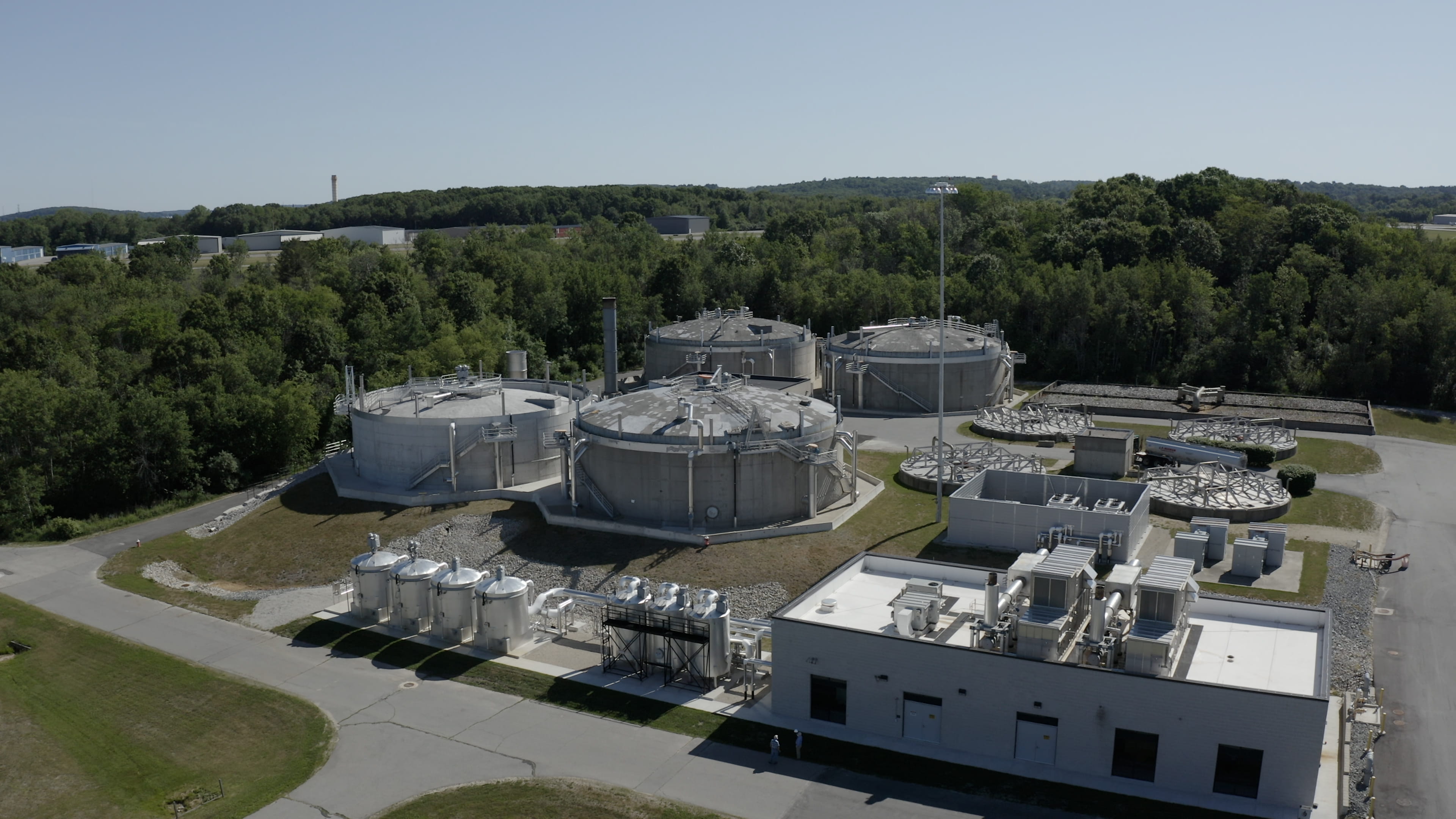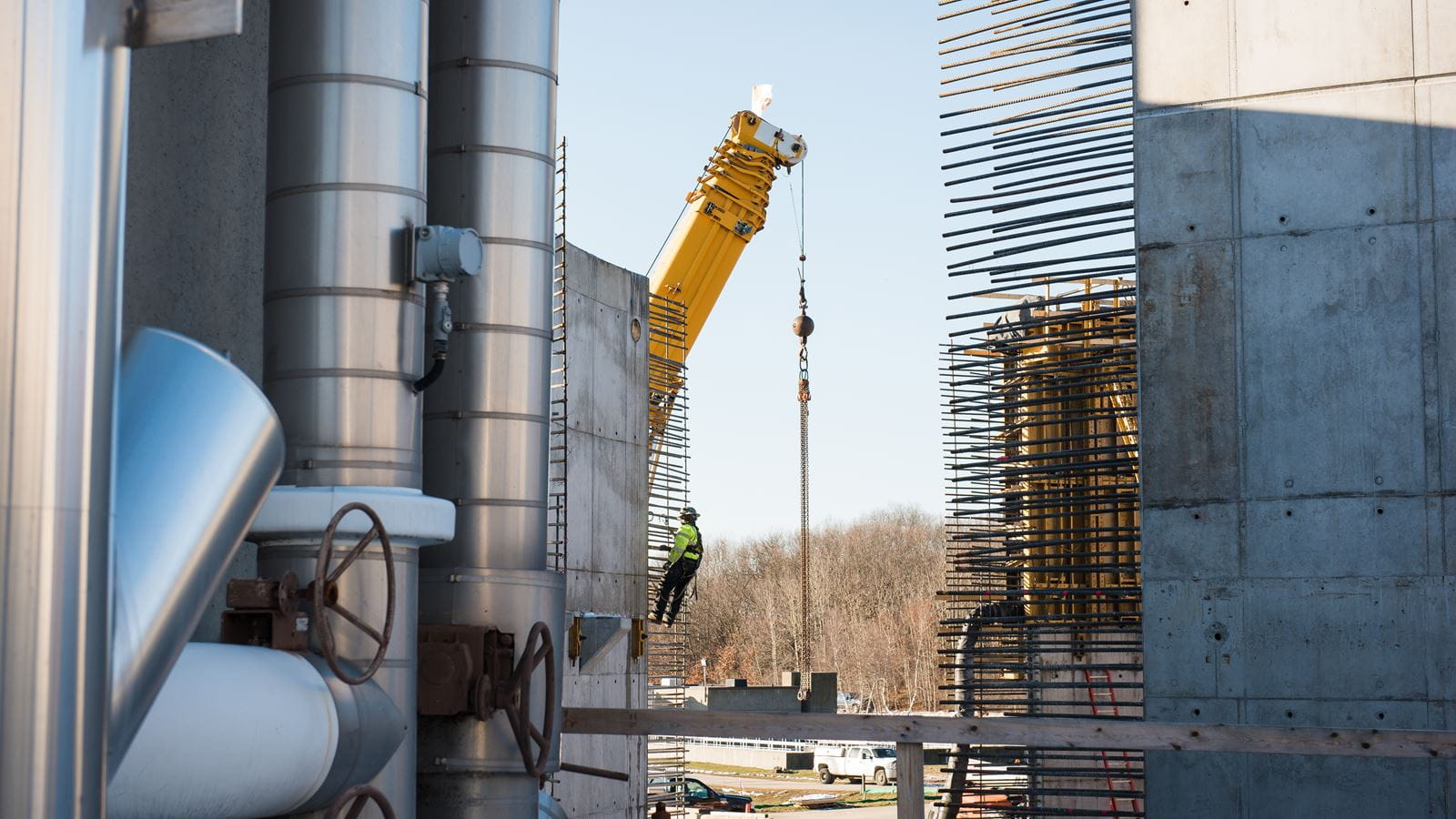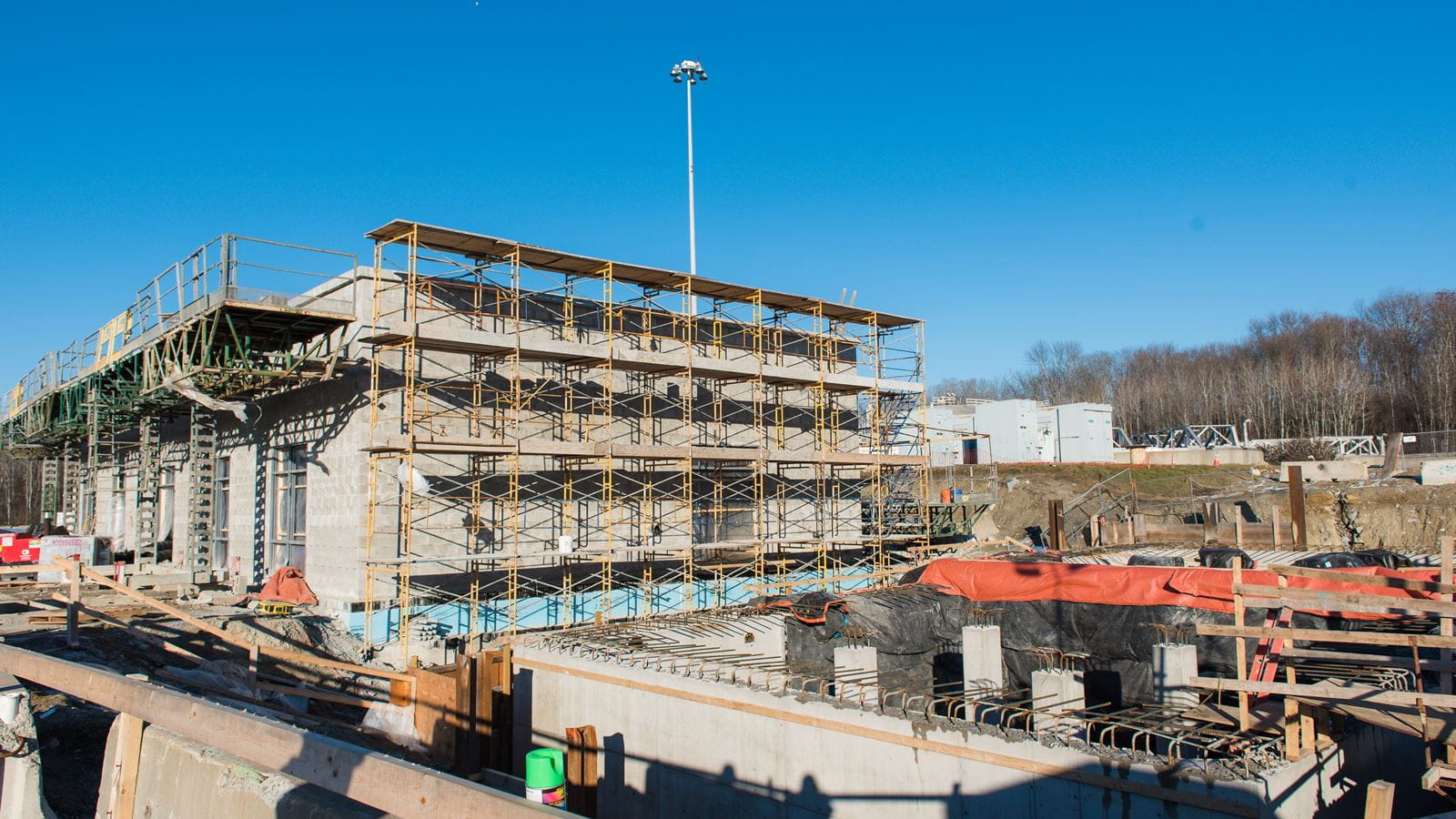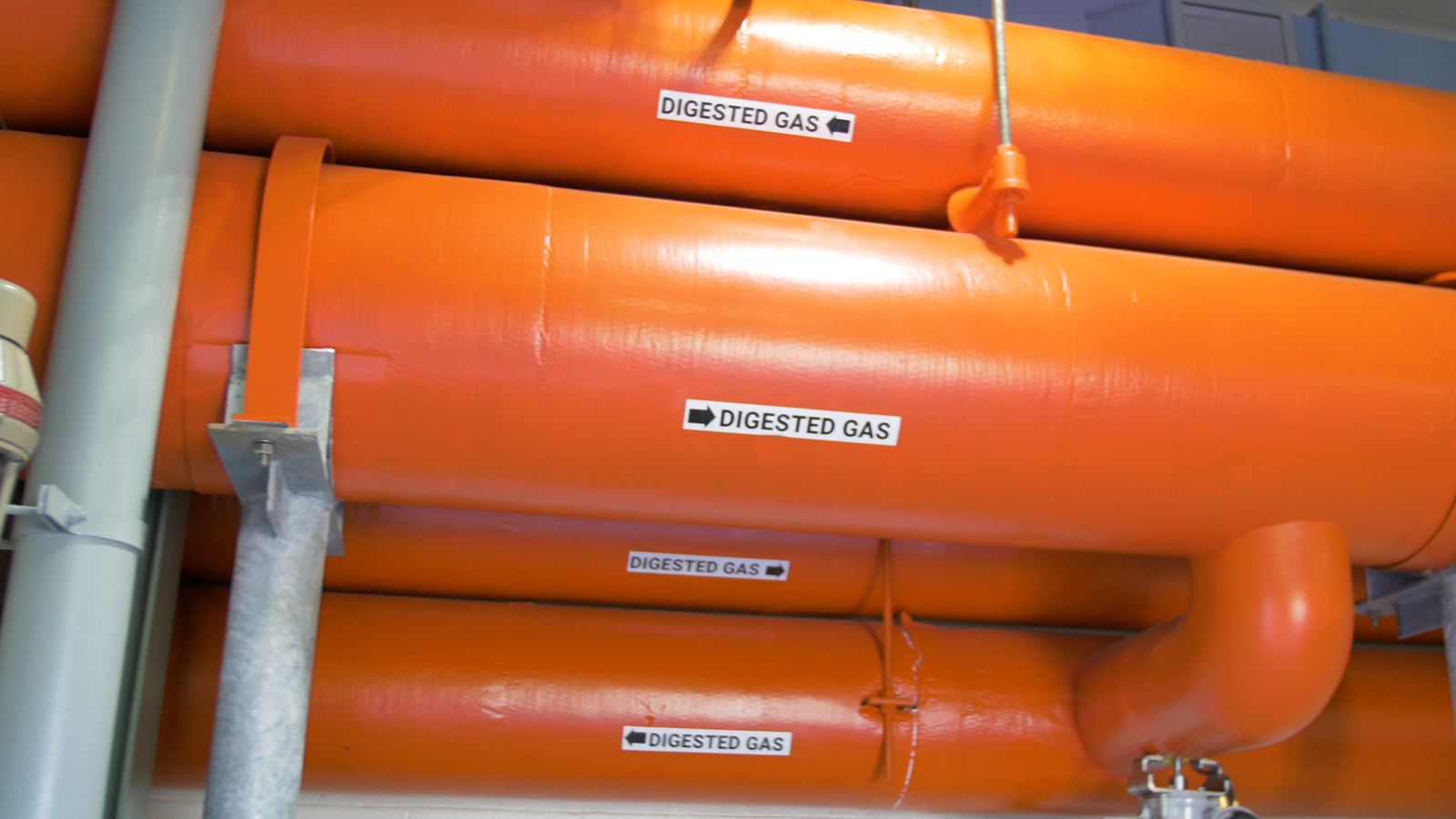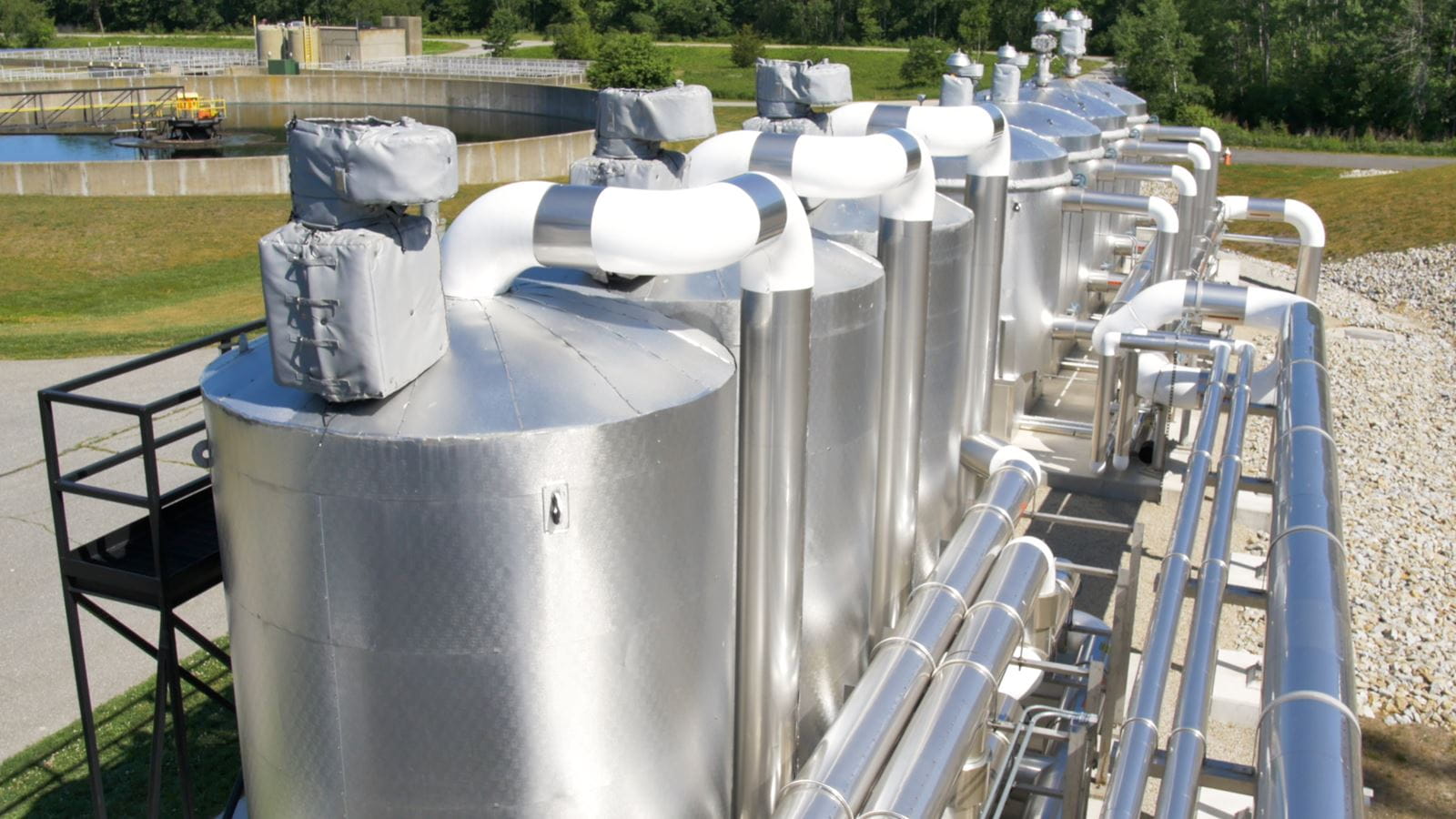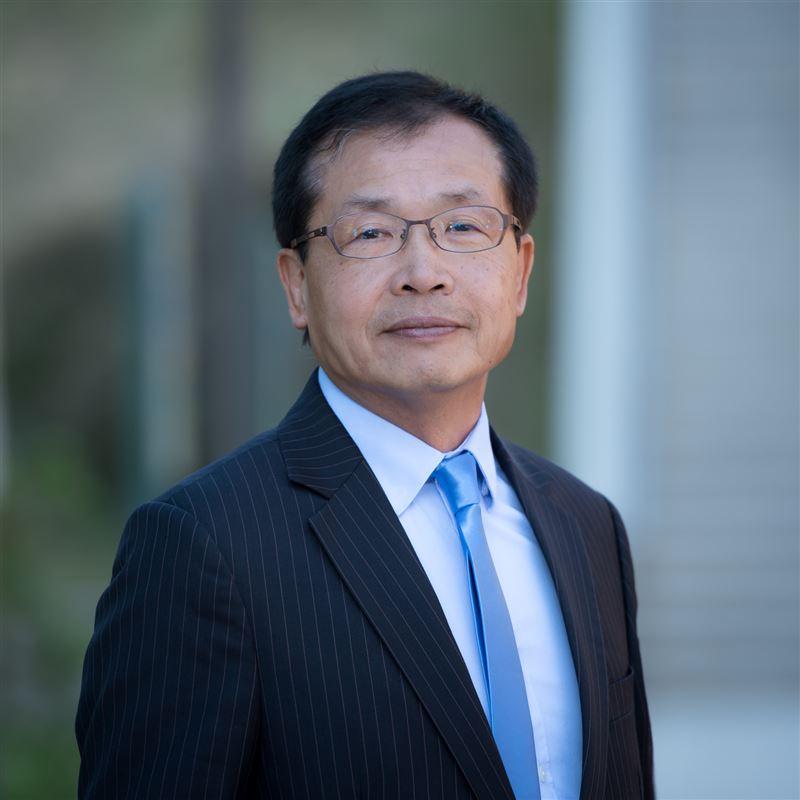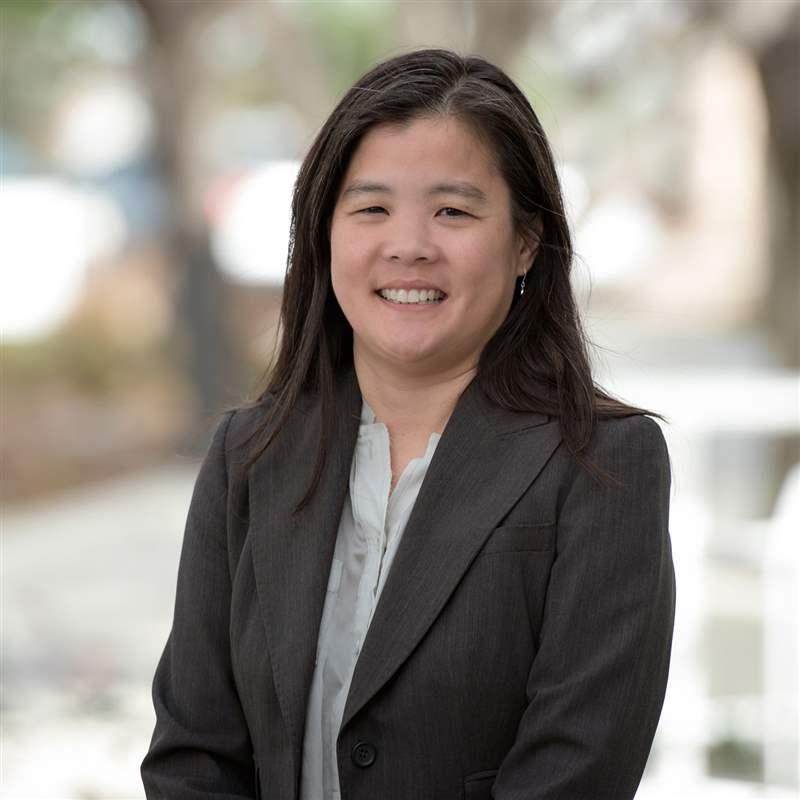From Organic Waste to Energy Independence
GLSD's Organics to Energy Project added new infrastructure enabling the plant to convert food waste material for co-digestion. The additional biogas generated supports a combined heat and power system.
The Greater Lawrence Sanitary District (GLSD) preserves and protects the water quality of the Merrimack River by providing wastewater treatment services to six communities: Lawrence, Methuen, Andover, North Andover and Dracut, Massachusetts, and Salem, New Hampshire. GLSD’s wastewater treatment plant (WWTP), located in North Andover, treats an average flow of approximately 30 million gallons of wastewater per day.
For many years, GLSD has been a leader in water reclamation and beneficial reuse of biosolids. To take advantage of state regulations and economic opportunities, the WWTP has built an Organics to Energy program that will convert both biosolids and organic food waste from local sources into clean power. At full-scale waste processing rates, this innovative project will allow GLSD to operate off the grid during many operating conditions and could generate up to $2.5 million in annual power cost savings.
A Strong Partnership and a History of Leadership
GLSD and CDM Smith have been working in partnership for 40 years. After CDM Smith completed early studies to determine the optimum site for a new WWTP along the Merrimack River, GLSD engaged the firm to design and oversee construction of its WWTP, which opened in 1977. Since then, generations of CDM Smith engineers have collaborated with counterparts at GLSD to build and continually improve one of the nation’s leading water reclamation utilities.
“GLSD was one of the first utilities I worked with in my career,” says CDM Smith vice president Michael Walsh, PE, BCEE. “In the late 1990s and early 2000s, we worked with the District to move from sludge disposal to beneficial use of biosolids. The current Organics to Energy project takes GLSD to the next level of innovation, using biosolids and food waste organics to generate power and move towards net-zero energy use. It’s all part of GLSD’s industry leadership in adopting new technologies to improve the sustainability, energy efficiency, and overall performance of plant operations.”
Blending the Best of Public and Private
Between 2000 and 2004, the District constructed a new solids train that includes anaerobic digesters, centrifuges and a thermal drying system that produces a pelletized fertilizer product. This upgrade moved GLSD from sludge incineration and landfill disposal to beneficial use of biosolids, and reduced cost while greatly improving the sustainability of GLSD plant operations.
GLSD is focused on innovation and is always thinking about what the next development will be.
This project was not only technically innovative, but also pioneered the strategic use of private financing and operations. After careful analysis of all project delivery options, GLSD decided to implement new sludge thickening, digestion and dewatering facilities under a traditional design/bid/build format, while implementing the thermal drying portion of the project under a design-build-operate (DBO) contract arrangement. Under this approach, the DBO contractor was responsible for operation of the thermal drying process and for marketing and distribution of the biosolids product.
This private-public partnership (P3 approach) allows GLSD to own the entire facility and direct the aspects of operations that are core to its identity, while drawing upon private-sector risk-management skills for certain specialized elements of the operation.
Seizing Opportunities and Setting Precedents
The digestion system constructed as part of the early-2000s solids train upgrade has been expanded to allow for the acceptance of food waste organics under the Organics to Energy Project.
In 2014, Massachusetts banned the landfilling of commercial food waste. Organic waste has roughly four times the biogas potential of biosolids, and state agencies were eager to find utilities willing to invest in taking advantage of that potential. GLSD’s proposal for a combined heat and power (CHP) system that would use biogas to generate electrical and thermal energy generated widespread support. The Massachusetts Department of Environmental Protection, the Massachusetts Department of Energy Resources, the Clean Energy Center, and the power utility, National Grid, each provided grants to support implementation of this innovative project.
CDM Smith designed state-of-the-art biogas cleaning systems upstream of the engines, combined with Selective Catalytic Reduction (SCR) technology on the exhaust system downstream of the CHP engines, which together will result in system emissions that comply with stringent state and federal air quality standards. This technical implementation is the first in the state.
The project also involved design and installation of an innovative organic waste receiving and feed system capable of storing over 200,000 gallons of high solids food waste slurry. The added capacity of the digestion system and the co-digestion of biosolids and organics food waste is expected to generate a nearly 250 percent increase in biogas production. The additional biogas will be used to fuel two 1.6 MW cogeneration engines that, under full design operating conditions, will meet the power needs of the entire GLSD facility.
Additionally, during periods when power generation exceeds plant demand, excess power can be returned to the grid under a “net metering” contract that was negotiated with the utility, National Grid. As part of this agreement, excess power returned to the grid will be used to offset power costs at the District’s influent pump station, which is located at a separate site. Provided by CDM Smith, the robust electrical design will protect the electrical grid from overloading or otherwise interfering with operation of the CHP system. When complete, the Organics to Energy Project will be capable of generating over 3 MW of clean, renewable power and provide 10 MMBTU/hr of recovered heat from the cogeneration engines.
“GLSD is focused on innovation and is always thinking about what the next development will be, what the next opportunity will be,” says project manager Benjamin Mosher, PE, BCEE. “They’re out in front, finding things that make both environmental and economic sense.”
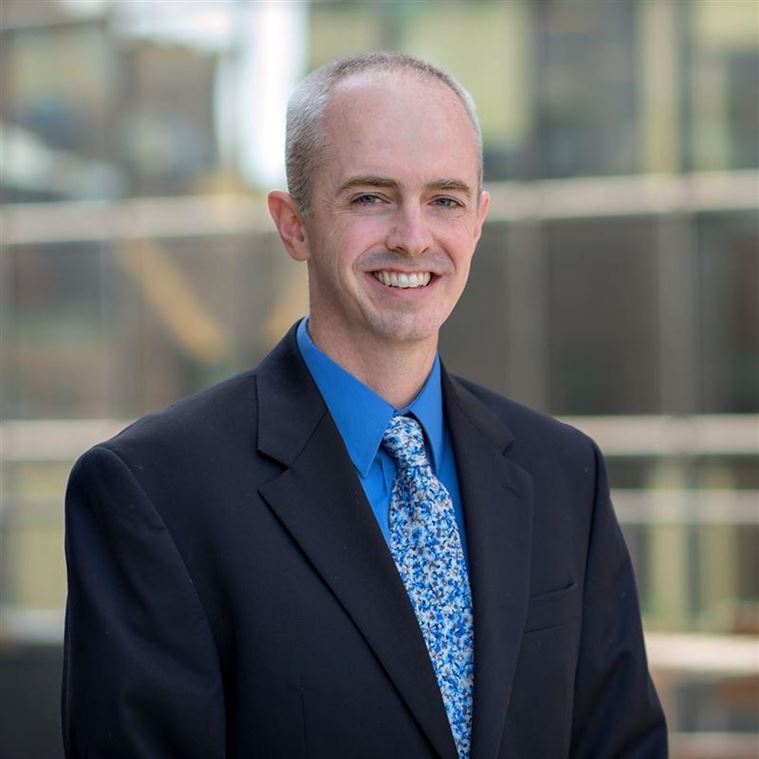
GLSD is out in front, finding things that make both environmental and economic sense.
Making Net-Zero a Reality
The Organics to Energy Project is now fully operational, allowing GLSD to operate completely off the grid during many conditions. New features include:
- Organic waste receiving tanks
- Additional anaerobic digester tank and ancillary equipment
- Biogas conveyance and waste gas burner
- Hydrogen sulfide and siloxane treatment
- Biogas pressure boosting
- Combined heat and power engines


